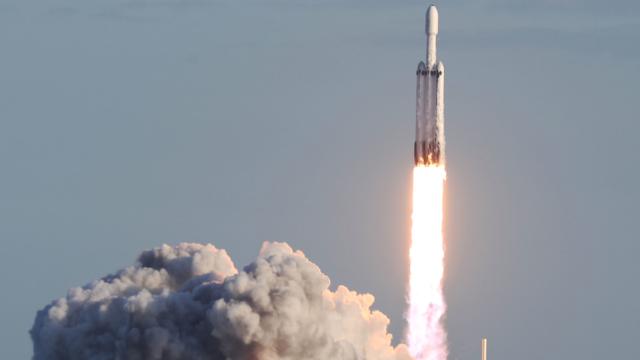Elon Musk is a busy guy, and the latest project on his plate involves launching 60 satellites into space tomorrow. The launch is part of his company SpaceX’s Starlink plan — an ambitious attempt to bring high-speed, low-latency internet to anyone in the world.
The gist of it is as follows. Starlink centres around using low earth orbit (LEO) satellites. Basically, once enough satellites are in orbit, they link to ground terminals on Earth that are roughly the size of a pizza box. Compared to existing internet satellite systems, LEO satellite constellations are much closer to Earth — 1,931km instead of the 35,406km used by traditional geostationary satellites.
That means LEO satellites can transfer information more quickly, with speeds comparable to wired broadband and fibre-optic internet. According to a study by BroadbandNow, LEO satellite networks could potentially save American households more than $43 billion in internet fees per year, as well as deliver more reliable service to rural areas that don’t have many options when it comes to high-speed wired internet.
As exciting as that is, however, the launch is still a test run. Musk tweeted a photo of the satellites jammed into a Falcon 9 rocket on Saturday, commenting that they were “production design.” SpaceX President Gwynne Shotwell also recently stated this launch will focus on scaled down “test satellites” that, while very capable, lack intersatellite links.
The 60 satellites are also slightly different from the two demo satellites SpaceX launched in February 2018, nicknamed TinTin A and TinTin B.
First 60 @SpaceX Starlink satellites loaded into Falcon fairing. Tight fit. pic.twitter.com/gZq8gHg9uK
— Elon Musk (@elonmusk) May 12, 2019
SpaceX has a decent amount riding on the success of tomorrow’s launch. The final Starlink constellation is planned to have around 12,000 satellites total. Right now, SpaceX has FCC approval to launch 1,584 satellites at a height of 550km, and the other at about 1,110km to 1,325 km.
However, that approval is contingent on SpaceX launching at least half of the 4,409 satellites in the next six years. After that, the company will only have about three years to finish setting up the constellation. Musk tweeted that SpaceX needs six more 60-satellite launches for minor coverage, and twelve for moderate coverage. The company has plans for an additional two to six Starlink launches, but how many happen this year will depend on how everything goes tomorrow. No matter which way you look at it, that’s a pretty tight timeline.
So long as weather holds up and the world doesn’t explode, the launch is scheduled for 12:30 AEST today at Cape Canaveral Air Force Station in Florida. (You can watch it on SpaceX’s live webcast from 12:30 AEST.)
[Editor’s Note: At the time of posting nothing has happened on stream. There has been no information on social media on why this post is delayed, but we will keep the post updated.]
Starlink isn’t the only megaconstellation project in the works, however. Amazon CEO Jeff Bezos’s Blue Origin also wants to launch 3,236 LEO satellites in an initiative its dubbed Project Kuiper. OneWeb also has plans to send up 900 satellites by 2021, and launched the first six in February.
[BroadbandNow via Inverse]
